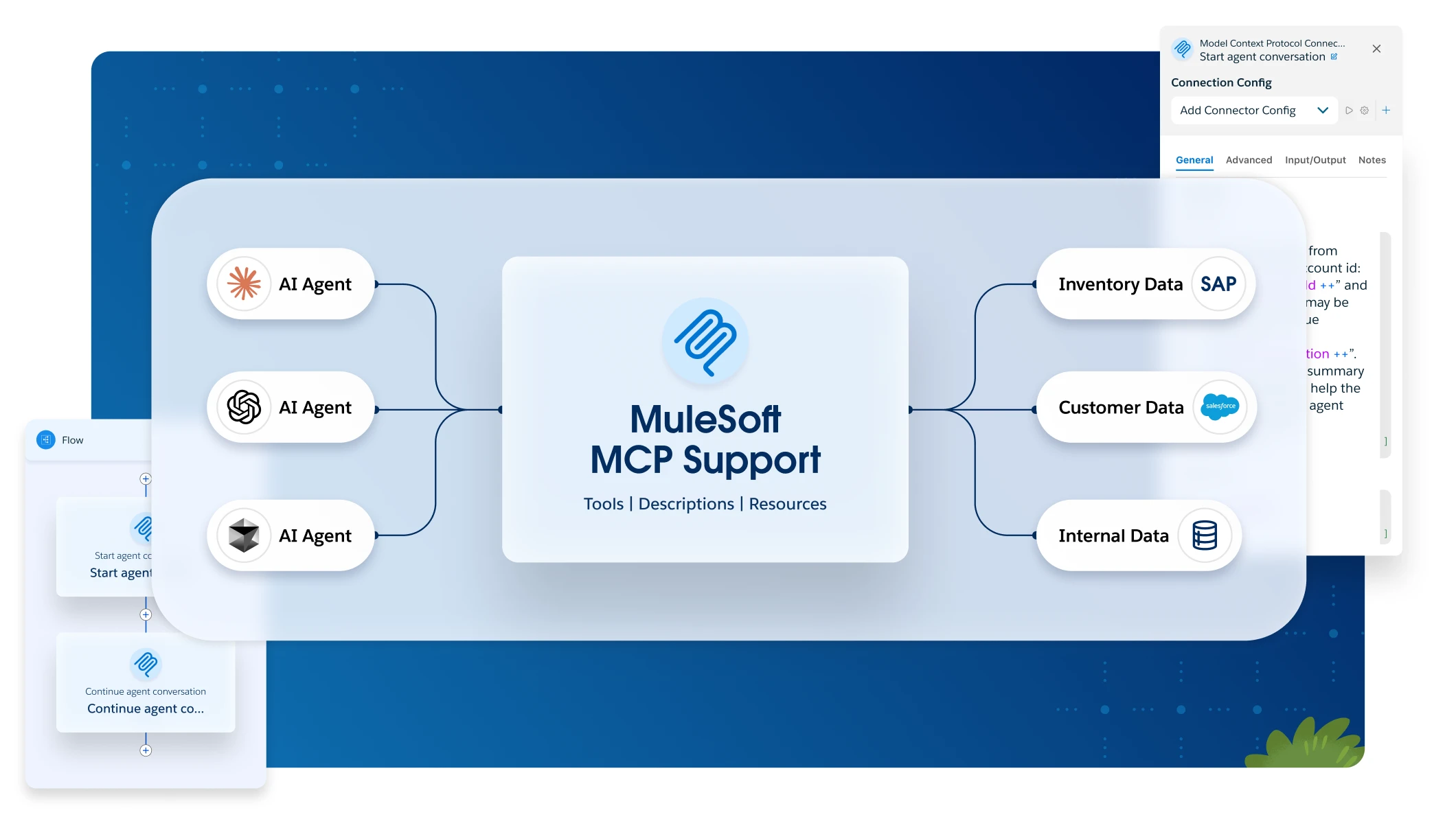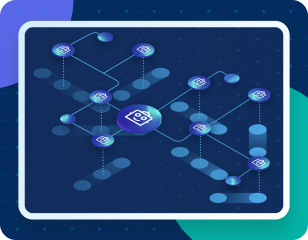Businesses everywhere seem to be embracing AI to drive innovation. But along with opportunities to innovate, AI also presents risks that can cause significant harm if they are uncontrolled. To accelerate value realization, mitigate risk, and manage AI expansion, organizations of all sizes must establish a robust AI strategy and governance framework.
We will outline the core components of an AI strategy to guide your organization toward achieving business success with AI.
Why is it important to develop an AI strategy?
Many organizations want to adopt AI with an intent to increase revenue, reduce cost, and improve productivity. Even inside organizations, there’s an AI race, so to speak, between different business units to prove their understanding and willingness to adapt. These teams are making siloed efforts to stay ahead of the game and to capitalize on the AI wave.
But some organizations lean into AI adoption without defined goals simply because of market pressure and the fear of missing out – meaning that budgets are being allocated for AI adoption without a clear vision. To mitigate aimless AI adoption, organizations first need to develop an AI strategy.
7 pillars of a successful AI strategy
The following seven components are a strong starting point for building a sustainable AI strategy. However, depending on the size and type of organization you have, you may have additional needs beyond the scope of these pillars. We’ll delve deeper into each of these components to help you kickstart your AI strategy.
- Vision and charter
- Roadmap
- Governance framework
- Center of enablement
- Audit feedback and support model
- Catalog
- Data and integration strategies
1. Vision and charter
A vision and charter document is a critical element that helps set the foundation and direction of an organization’s AI journey. It is used to define business goals, intended outcomes, and principles of operation. Executive leadership should spearhead the vision with support from cross-business unit leadership. There are three main components that should be included in a standard vision and charter document.
- Business strategy alignment: The AI vision needs to be in lockstep with a business’ overarching strategy. This involves defining how AI can support key principles, KPIs, and strategic goals, while contributing to growth in areas like revenue, traffic, customer acquisition, and additional business-critical metrics.
- Ethical and responsible use: The charter must establish principles to mitigate bias and prevent misinformation while being transparent, accountable, and concerned with user privacy and data protection.
- Governance and implementation framework: The charter should define roles and responsibilities for AI governance. It must outline expectations around ethical AI practices, monitoring, auditing, and continuous improvement of AI systems.
2. Roadmap
A roadmap should define key AI initiatives and a comprehensive timeline.
AI use cases and prioritization: Identify high-impact AI use cases that can deliver business value and ROI with minimal effort. Quick wins will help to showcase value and secure additional funding for AI initiatives. This exercise needs participation from all business units. Use cases and the expected business value should be clearly articulated and aligned upon. A clear approach to measure success is also critical. Here are a few examples:
- Increased call deflection rate with the introduction of chatbots and virtual assistants
- Improved lead conversion with AI-driven marketing and sales operations
- Enhanced customer satisfaction through AI-driven personalization and sentiment analysis
Technology and infrastructure: Some of the major players in AI are enterprise tech giants like Google, Microsoft, and Amazon. Enterprise application providers like Salesforce and SAP are building AI capabilities into their platforms. Startups that are funded by venture capital are also developing speciality models and AI agents. To keep pace with these innovations, organizations must carefully consider this ecosystem of AI technologies and infrastructure and make a decision that fits their long-term AI vision.
AI project plan: Define a phased approach with milestones, KPIs, and success criteria for each phase.
3. Governance framework
The National Institute of Standards and Technology (NIST) released the AI Risk Management framework for Generative AI profile. The profile helps organizations identify unique risks posed by generative AI and proposes actions for generative AI risk management that best aligns with their goals and priorities.
Some of the key risks highlighted by this framework include harmful bias, dangerous, violent, or hateful content; confabulation, data privacy, environmental impact, information integrity, information security; obscene, degrading, and abusive content; improper supplier vetting across the AI lifecycle, and more.
4. Center of Enablement
Your company’s success is directly linked to employees’ AI skills and willingness to learn and adapt to new tools and ways of working. The Center of Enablement should strategize hiring, reskilling, and upskilling employees on your likely ever-changing AI technology stack.
Creating partnerships with AI vendors, universities, and training institutions is a good addition to in-house skill-building. Another key responsibility of the AI COE is ensuring that employees are following official business AI policies. Good AI use needs to be modeled by all employees, from C-suite to associates, and everyone in between.
5. Audit feedback and support model
After implementing AI solutions, it’s important to continuously monitor tool performance and gather user feedback. Additionally, all events involved in the AI lifecycle, such as creating prompts, prompt grounding, LLM responses received, and more should be audited at a regular cadence (e.g. monthly, quarterly, or biannually) and carefully reviewed for improvements.
6. Catalog
Whether your organization has already made significant progress on AI initiatives or is just getting started, maintaining an inventory of all the AI initiatives to monitor and track the AI sprawl is quintessential. The inventory should include the following:
- AI use cases
- Value realization
- What business units (BUs) are involved (e.g. service, sales)
- What technology are used
- Which predictive or generative models are used
- Who the end-users are (e.g. engineers, customers)
- Potential risks
- Mitigation plan
7. Data and integration strategies
An AI strategy can never be complete without including a data and integration strategy.
Data strategy: AI models are only as good as the data they’re trained or integrated with, hence the need for a well-defined data strategy. Key elements of a data strategy include:
- Quality and integrity
- Governance
- Security and compliance
- Availability/ease of access
- Discovery and sharing
Integration strategy: The full potential of AI agents is unlocked upon successful integration with existing systems and data. For example, users should be able to check real-time stock inventory, update an opportunity’s status, or prepare a report of recently closed deals – and this should all be possible via a simple chat with an AI agent.
MuleSoft supports integration by providing a unified platform that connects applications, data, and devices across on-premises and cloud environments. With an API-led connectivity approach, MuleSoft enables seamless integration of disparate systems, streamlining data flow and enhancing operational efficiency. The platform empowers businesses to rapidly build, manage, and scale APIs and integrations.
A holistic AI strategy is the foundation to long-term success
Establishing a comprehensive AI strategy that encompasses a clear vision, relevant use cases, ethical governance, technological and human enablement, a robust support model, cataloged initiatives, and strategic integration with data management is paramount for any organization aiming to effectively harness the transformative power of AI and achieve long-term success in this evolving landscape.









